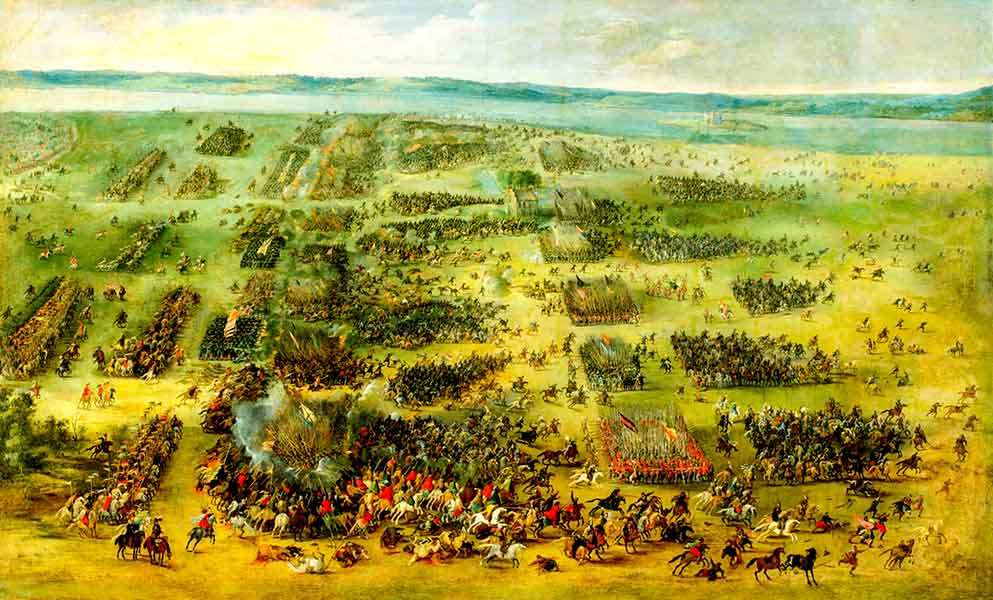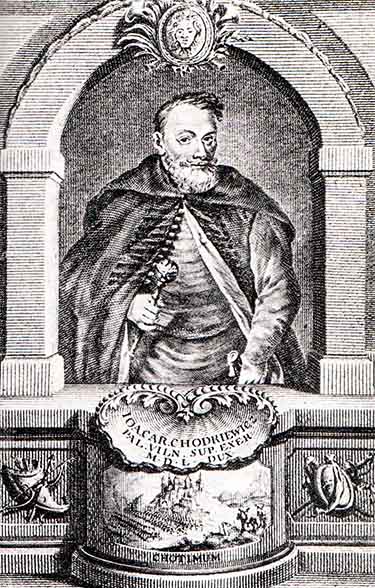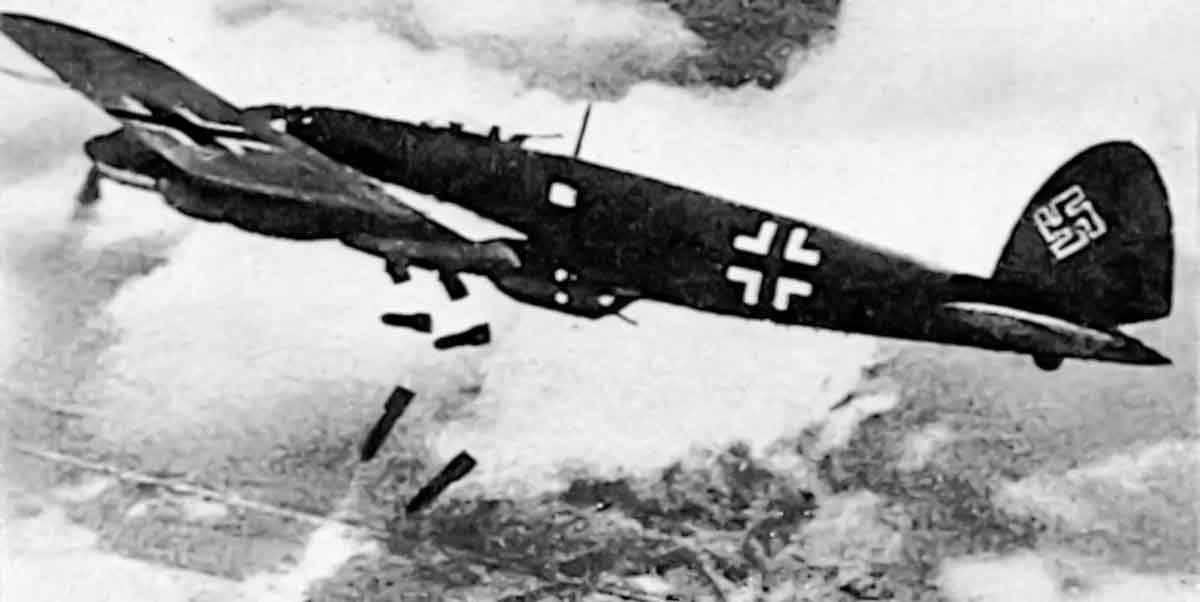420 years ago, on September 27, 1605, a battle took place around Kircholm, near Riga, which resulted in one of the most remarkable victories in the history of the Polish-Lithuanian Commonwealth. However, this success was not properly exploited.
The Battle of Kircholm (Swedish: Kirkholm, now Salaspils, Latvia, 25 km southeast of Riga) was one of the most important episodes of the Polish-Lithuanian Commonwealth's war with Sweden over Livonia (1600-1611). It was another act in a multi-generational conflict for the control of the Baltic Sea, which erupted in the late 1550s and early 1560s, involving not only Sweden and the Polish-Lithuanian Commonwealth, but also Moscow and Denmark.
From 1592, the Polish-Lithuanian Commonwealth and Sweden were united by a personal union – Sigismund III Vasa was the ruler of both countries. However, as a Catholic, he was unpopular in his Lutheran homeland. Furthermore, he spent most of his time in the Polish-Lithuanian Commonwealth, a fact viewed negatively in Sweden. In 1599, Sigismund was dethroned by the Swedish parliament, and the role of regent (king from 1604) was taken over by his uncle, Charles of Sudermania.
The dynastic dispute compounded the conflict of interests between the two countries in the Baltic region. Estonia's affiliation remained a contentious issue even during the union's existence. Sigismund III, seeking the Polish-Lithuanian crown, promised the nobility that the entire region would be incorporated into the Polish-Lithuanian Commonwealth, a promise that conflicted with Sweden's interests. Initially, King Sigismund had no plans to fulfill this promise, but he changed his mind after the Swedes deprived him of his crown. In March 1600, he officially announced Estonia's annexation to the Polish-Lithuanian Commonwealth. Swedish troops had been gathering there since the autumn of 1599, planning to advance further into Livonia and drive out Polish-Lithuanian influence. In this situation, war was inevitable.

Pieter Snayers, Battle of Kircholm , 1630 (Source: Wikipedia)
From that moment until the Battle of Kircholm, over five long years passed, during which neither side managed to win the conflict. The Swedes possessed a significantly larger army, but they were unable to defeat the better-led and trained Lithuanian or Polish troops in the field. However, the Commonwealth's forces were meager – too meager to achieve a complete victory and seize control of all the major cities of Livonia. The Sejm, torn by internal conflicts between King Sigismund and the powerful opposition of the magnates, was reluctant to levy taxes that would have financed the state's war effort. Funds were either nonexistent or only lasted for a short period, after which tax battles resumed, most often ending in failure for those who supported the financing of the Livonia campaign.
The prevailing state of affairs meant that, despite victories on the battlefield, the Polish-Lithuanian Commonwealth derived no political or strategic benefits. The troops, unpaid or paid with significant delays, often refused to advance, contenting themselves with plundering the surrounding area. The army was forced to regularly beg for money, which was constantly in short supply. This was the reality of Jan Karol Chodkiewicz, known today as the victor of Kircholm and one of the most outstanding European military commanders of his time. In 1602, he assumed supreme command of the Livonian campaign. He had experience in defeating larger enemy forces with small units, inflicting severe losses on the enemy while minimizing his own losses. This was the case at Kokenhausen (1601), a feat Chodkiewicz repeated – as commander-in-chief – at Biały Kamień (1604). As it turned out, this was only the prelude to the battle that would earn him immortal fame.

Jan Karol Chodkiewicz, Grand Hetman of Lithuania (Source: Wikipedia)
On September 27, 1605, the Polish-Lithuanian Commonwealth's units, led by Jan Karol Chodkiewicz, faced the Swedish army, commanded by Charles of the Sudermanland himself. They met at Kircholm (modern Salaspils), near Riga, which was besieged by the Swedes, and to which Chodkiewicz had come to the aid.
The Sejm, which met earlier that year, again failed to pass the necessary taxes. The Swedish king, however, received more funding from his parliament for the campaign than ever before. Chodkiewicz had approximately 3,300-3,500 men at his disposal, mostly hussars, while the Swedes had approximately 10,500-12,300 soldiers, mostly infantry. The engagement lasted three hours.
During those 180 minutes, the Swedish forces were routed. The hussars broke their formation on the flank, forcing the first echelon of the enemy infantry to flee in panic. A desperate counterattack was thwarted by the hetman's forces, and then his light cavalry advanced into the Swedish rear. The remaining enemy forces fled.
Between 6,000 and 9,000 of Charles of Sudermański's soldiers fell in the battle. Chodkiewicz lost 13 (sic!) hussars and 100 infantrymen, and 200 others were wounded. The hetman's tactical genius and the excellent training of his soldiers were key to his success. What could he have achieved if he had had more than a handful of them?
The Battle of Kircholm resulted in the Swedes abandoning the siege of Riga. However, this remarkable victory was not properly exploited. The army did not receive its outstanding pay, so instead of advancing, reclaiming northern Livonia, and shifting the war to Swedish territory, it dispersed and began plundering the surrounding area. The hetman's forces were so few that he was unable to continue the campaign.
Ultimately, the war lasted until 1611. As it turned out, this was only the beginning of a series of Swedish invasions that would plague the Polish-Lithuanian Commonwealth for over 100 years.
Translation from Polish by Andrew Woźniewicz.
Correction 2025-10-24: We have corrected the author's name, which was initially incorrectly attributed.










